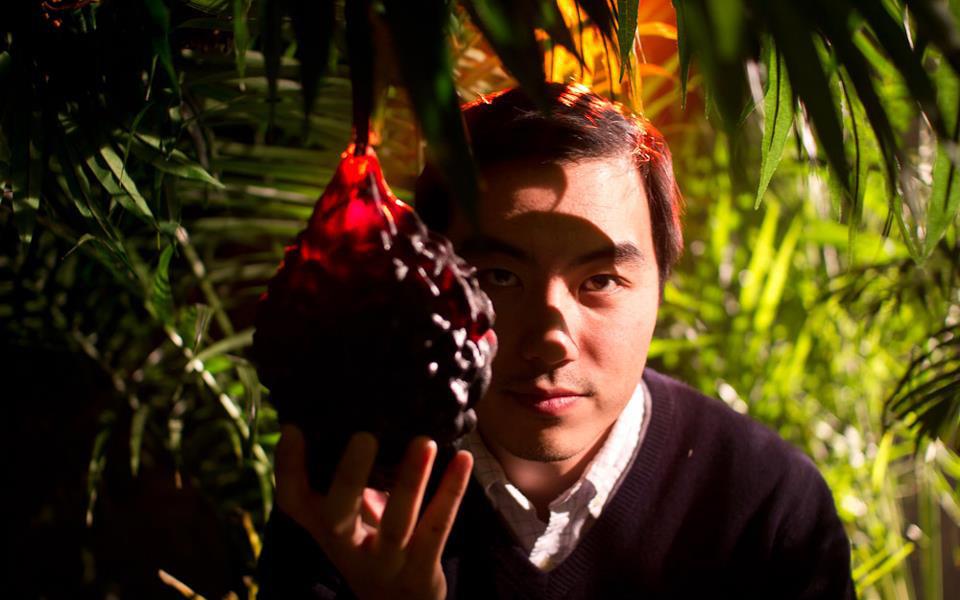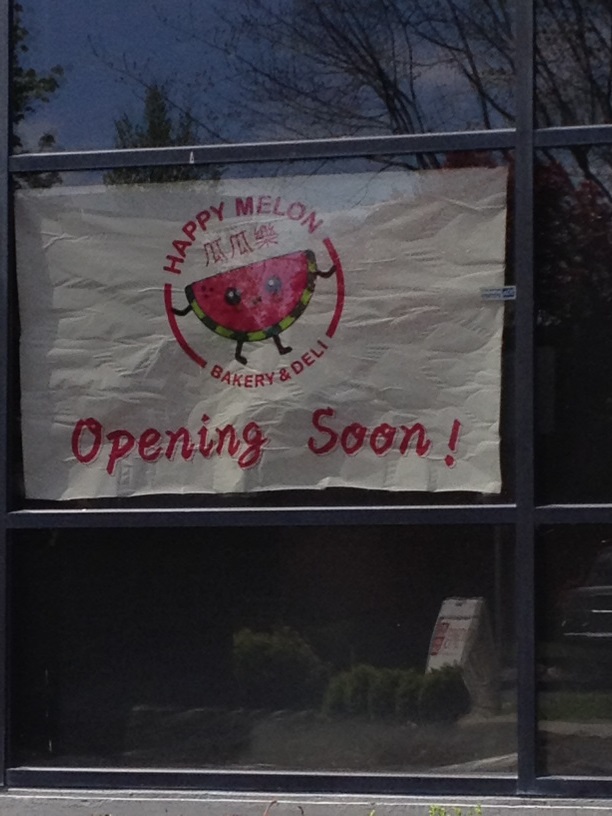The South Korean consulate in Seattle typically holds its meetings in large hotels, where house rules prohibit clients from bringing in outside food. That means it’s up to consulate staffers to brief the hotel’s catering department on the bean paste and kimchi essential for traditional Korean dishes.
“Sometimes you try to give recipes and help with how to cook, but it’s kind of hard because it’s their first time (working with Korean ingredients),” vice consul Da Eun Kwan explains.
To ensure that the next generation of commercial chefs is better acquainted with the building blocks of Korean cuisine, the Consulate General recently invited teams from local culinary schools to participate in a cooking competition sponsored by the South Korean Department of Agriculture. Seven teams from four schools vied for a $1,000 scholarship and the chance to serve their three-course menu at a banquet next month.
While the teams were judged—by Rachel Yang of Joule and Revel, Heong Soon Park of Chan, and me—partly on their ability to innovate within established Korean idioms, contest organizers hope students will retain their new knowledge of Korean flavors no matter where they end up working. Although Korean food is still considered exotic by many Americans, despite trend-watchers’ yearly predictions that the nation’s on the brink of going gaga for grilled red meat and nutritious pickles, South Korea hopes to expand the U.S. market for its edible exports by showcasing ways chili sauce and tofu can fit into standard Western cookery.
Korean flavors have already made inroads on some local non-Korean menus: Kwan cites Ray’s Boathouse and Salty’s as restaurants serving plates with evident Korean influences. “Every time I see that, I’m very happy,” Kwan says. Moreover, the drive to cultivate domestic appetites for Korean ingredients has intensified since a free-trade agreement between the U.S. and South Korea took effect earlier this year. Seattle is an anticipated locus of trade activity because it’s the U.S. city closest to South Korea by air.
“I think Washington is a very strategically significant place for us,” Kwan says.
In preparation for the competition, Kwan and Park introduced culinary students to the ingredients they’d be expected to use. Kwan said many of them had never before sampled kimchi. “Some of them liked it,” she says diplomatically. But the students excelled at the assignment, weaving kimchi into collards on a Southern-style pork plate and frying kimchi with rice for a salmon entrée which tasted as though it could be a best seller at any casual family restaurant.
“They’re creative,” Kwan says. “They localize, they modernize.”
The winning dishes, created by a Le Cordon Bleu team, will be served at the Korean Food Festival on December 4.







